By using our website, you agree to the use of cookies as described in our Cookie Policy
a
Rss Feed
LARGE HOMES - IT'S THE AMERICAN WAY
I found myself engrossed in an article by MSN Money titled "The U.S. is in the top tier of house sizes internationally - and not just because of McMansions". The article is mildly interesting and quoted some rote statistics like
- The average American home is in the 1600-1650 square foot range
- Their research showed our homes are 600-800 square feet larger than comparable homes in other wealthy countries.
European countries were the main thrust of the divergence and the article stated that Europe didn't have the available land and has much tighter zoning restrictions and a penchant for more urban living as they didn't embrace the automobile as America originally did. Europeans also have a tendency to "make-do" and "re-purpose buildings" rather that build new. The article credited the establishment of the FHA in 1934 as a main driver of American home ownership and also credited our large supply of available land, roadways and relatively lax zoning regulations. I find nothing here to disagree with.
What struck me is what the article didn't say!
The American home is by far the largest and most valuable asset of the average American family. The American home is the ONLY way most Americans can participate in FINANCIAL LEVERAGE. This is an enormous force for wealth building. The financially savvy individuals and business fully understand the ramifications of leverage, many average American do not. Fortunately, this has not precluded them from taking advantage of it's power to build family wealth and drive our economy.
Leverage is the act of controlling an asset with a large value by using a relatively small amount of money. As the large asset appreciates, the yield on the small investment is multiplied significantly. Many home loans require only 5 percent of the purchase price as a down payment, even a true conventional loan required only a 20 percent down payment. The net effect is that the leverage is at least 5x and often 20x. [Example: Let's take a modest home that sells for $100,000 with a $5,000 down payment (5% down). At the historical average of at least 3% appreciation compounded annually, in only 5 years that home is worth $115,927.41, so it has equity of $20,927.41 (the $5,000 deposit + the appreciation). A larger [more valuable] home would have increased more in dollars, though the percentages would be the same. The point is, there is no way the average American family, with dismal savings rates, could possibly match the leveraged wealth created by home ownership! This is only a 5-year example. When looked at over decades the results are absolutely astounding and of course, the mortgage is paid off so the value is net-net the wealth of the family!
There are other economic principals at play here as well. As land becomes scarcer, it's value increases. When the value of the land increases it requires a LARGER home to amortize higher cost of the land. The percentages stay relatively the same [in a given area, the land is "X" dollars per square foot of home]. When larger [more expensive] homes are built, they cause the value of the existing homes to increase as well, feeding the cycle of wealth building through leveraged ownership of appreciating assets. SCARCITY is why we have different values in different areas of the state or country. When there is no more land left, the value of the land increases wildly, when there is a large supply of available land, the "best land" sells first and/or for more money - - - eventually when there is no more land, even the worst piece of property in the worst area will find a buyer.
There are absolutely contrarian views to this. The world view [European view] that Americans are "whatever they think we are" - who cares? The green movement preaching "doing with less for the sake of society". The millennials who largely aspire to return to the cities for the decidedly urban "happening experience". And, of course, the "TINY HOME" people who are fascinated with a few hundred square feet that can serve as a sleeping quarters, kitchen and living room by way of brilliantly designed oddities. These are ALL people who will NOT benefit from the leverage of "traditional" home ownership. Then there are the nay-sayers who caution "don't become house poor".
Best advice is to make WHATEVER sacrifices are required to buy the biggest home possible in the best possible neighborhood (school district, picturesque land, roads, and comparable properties). There are intangible perks to this as well - the pride of home ownership and the tendency of owned homes to be clustered by other owned homes, as rentals are clustered by other rentals -- this has the effect of providing a "more stable" neighborhood and everything that goes with it!
The "American Dream" is a reality - buy or build a home, and do is as soon as you can!
‹ Back

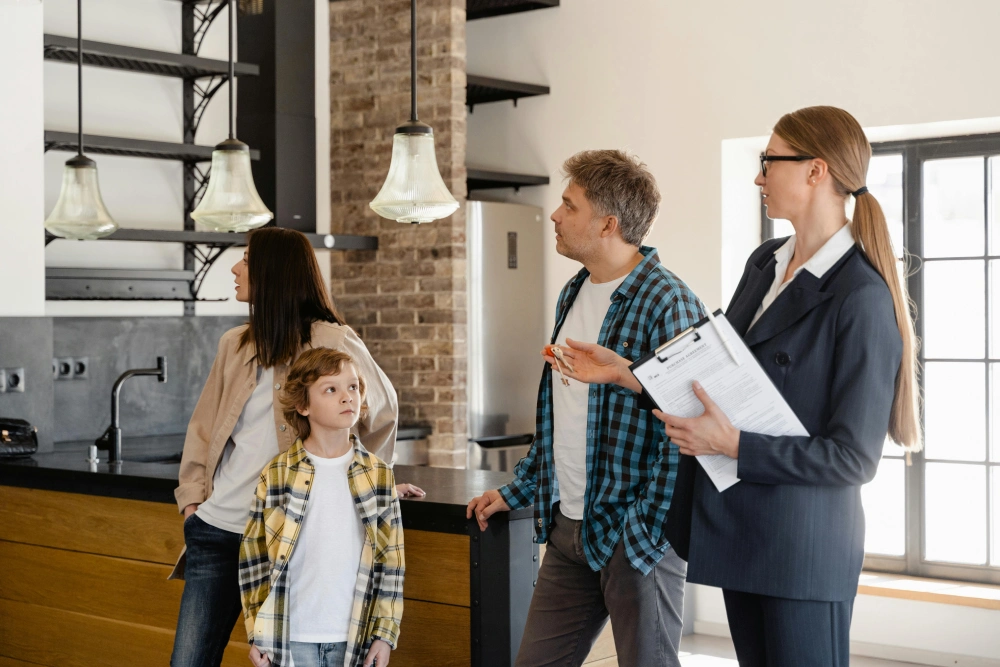
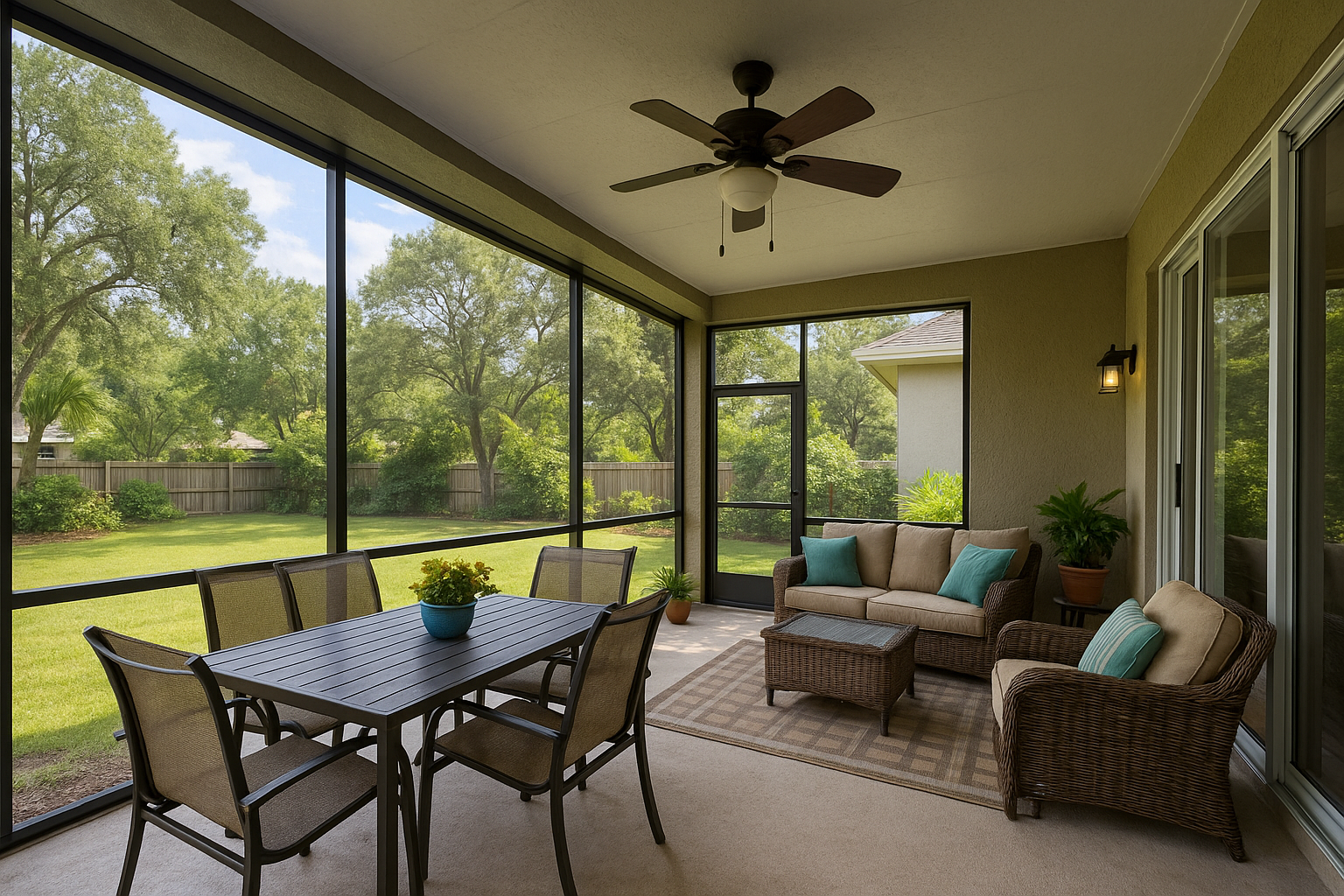
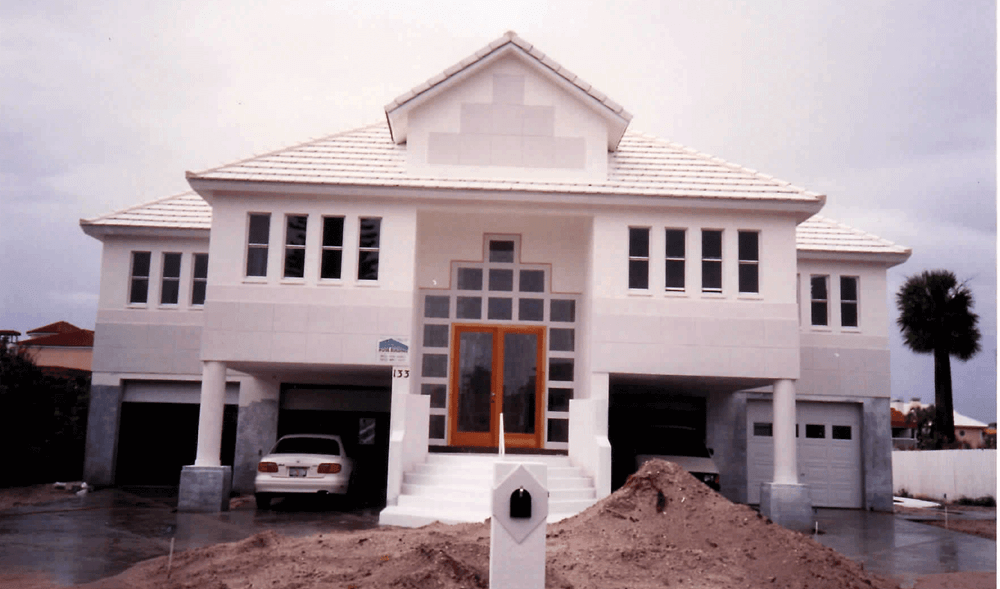
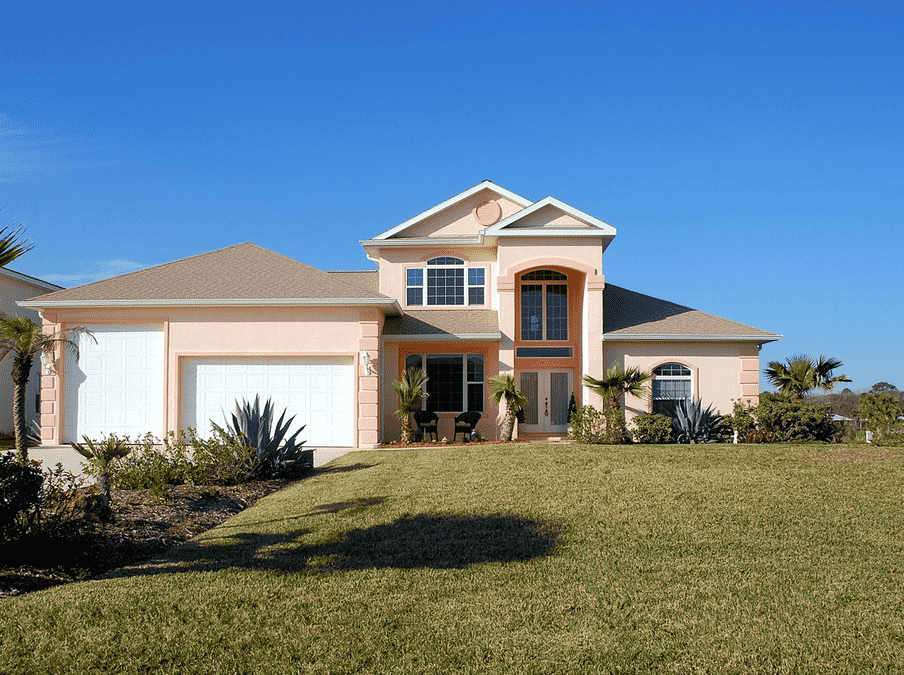
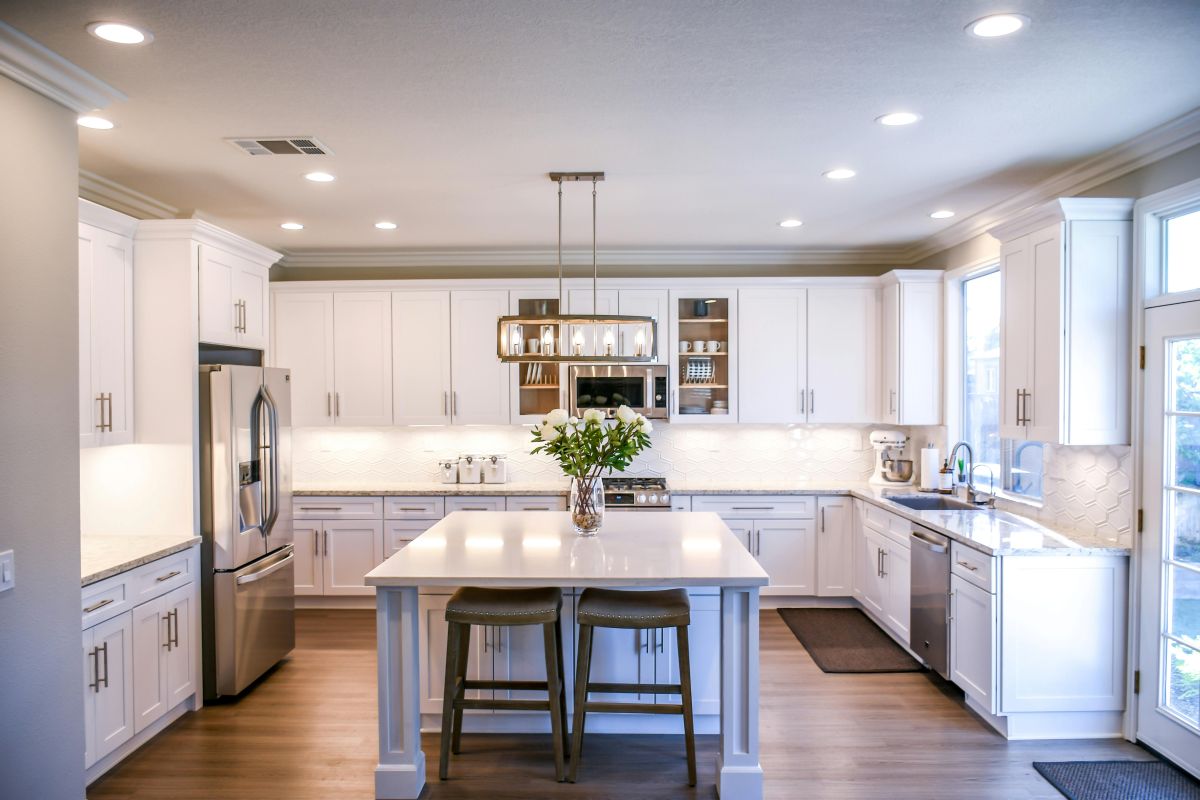
.png)
